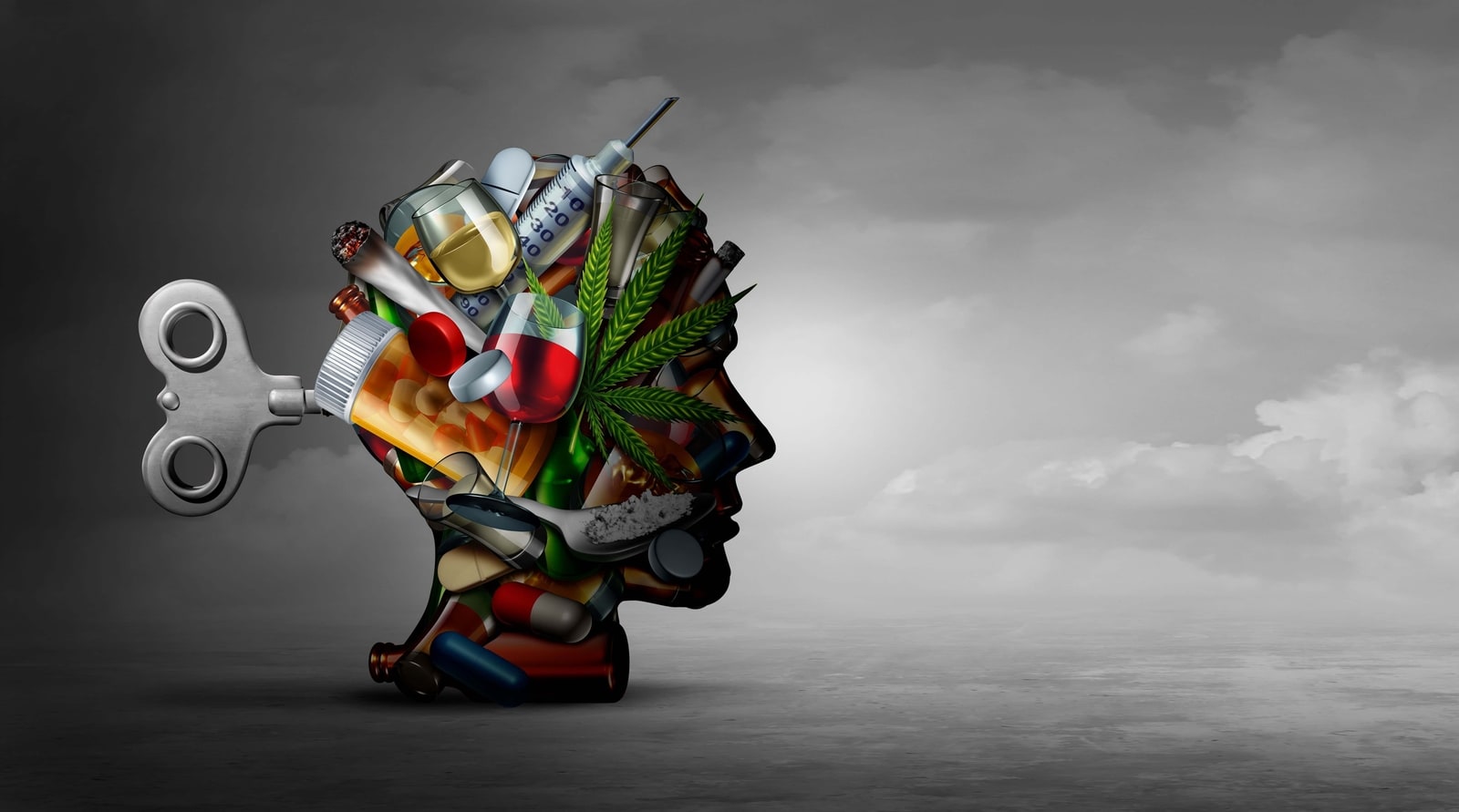
When discussing substance use disorders and how they develop, it is crucial to separate the misconceptions and stigma that surround addiction from the available scientific research and evidence. At Lake Ave Recovery, we understand that an individual’s history with addiction is a multifaceted issue that varies from person to person.
Biological vs. Environmental Risk Factors
A person’s likelihood of developing a substance use disorder is not black and white, nor is it something that can be measured. At Lake Ave Recovery, we understand that there are several environmental and biological factors that play a significant role in contributing to an individual’s battle with addiction.
Biological factors that contribute to the risk of addiction include:
Genetics: Studies suggest that genes are estimated to contribute about 40%–60% of the risk for drug addiction.
Gender: Men report a greater amount of substance use and addiction cases than women.
Age: Research shows that the younger a person begins to use alcohol or drugs recreationally, the greater the risk for addiction later in life.
Mental Health Issues: Mental illnesses, including depression and anxiety, have been shown to increase the risk of substance use disorders.
Environmental risk factors that contribute to substance use disorders include:
Home Dynamics: An individual’s family or home dynamic can play an important role in their propensity to abuse alcohol or drugs. Their home environment is influenced by others in the home who may suffer from mental illness or engage in drug use or criminal behavior.
Childhood Trauma: Childhood or parental trauma may increase a person’s risk of abusing substances as a way of coping with the distress, and parental shortcomings contribute to Adverse Childhood Experiences (ACE).
Relationships and peer influence: Being surrounded by people who engage in drug or alcohol use is a significant risk factor for substance use disorder, especially in adolescents.
Access to Substances: Availability of drugs or alcohol in a person’s home, school, or community directly correlates with the development of substance use disorders.
How Substances Affect the Brain
The human body is naturally set up to engage in rewarding or pleasurable behavior. These behaviors may vary from food to sex to the desire to succeed at work. This reward system is reinforced by the Mesolimbic System, also known as the brain’s reward circuit, a dopamine releasing pathway.
Drug use increases levels of dopamine, leading to the perception of increased reward. This dysregulation of the Mesolimbic System and dopamine release results in a dependence on the “rewarding element” and, in turn addiction. The probability that the use of a substance will turn into an addiction is directly correlated with the speed at which it promotes the release of dopamine, hence, the highly addictive nature of certain substances like heroin and other opioids.
How Can Lake Ave Recovery Help Me?
At Lake Ave Recovery, we work with our clients on an individual basis to understand their history with drugs and alcohol. Our master’s and doctorate level clinicians work with our clients to analyze our clients’ family histories with substances as well as biological and environmental risk factors that may have led them to the point they are at today.
Lake Ave Recovery addresses substance use disorders from all angles to best prevent relapse and ensure long-term recovery. Our in-depth clinical assessment upon admission will help us better understand where you stand and how to best address your specific concerns, strengths, and weaknesses. We offer varying levels of care, including a Day Treatment/Day Treatment, Intensive Outpatient Program, and a flexible Outpatient Program.
